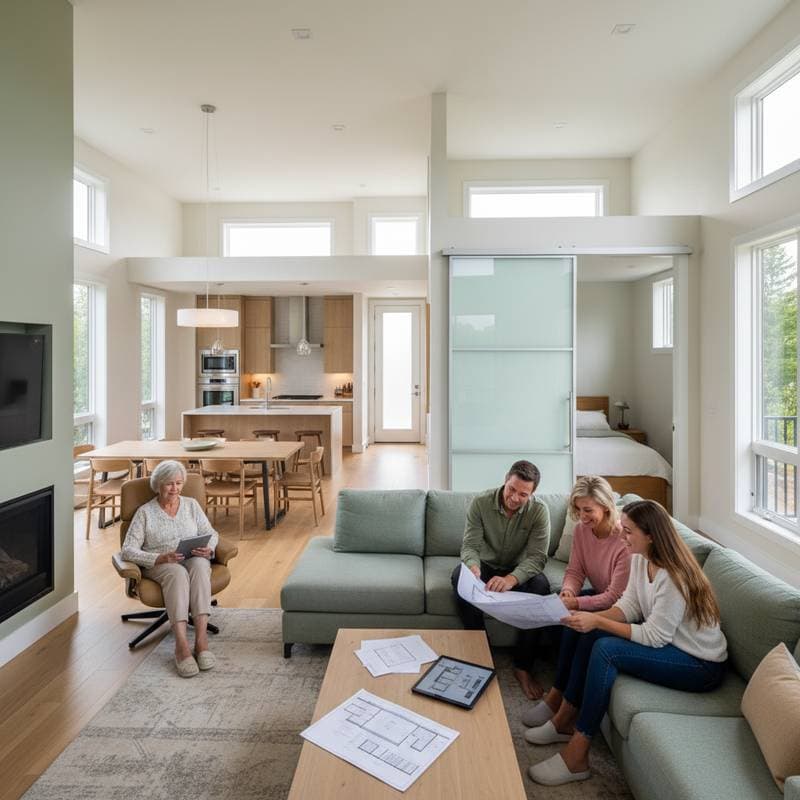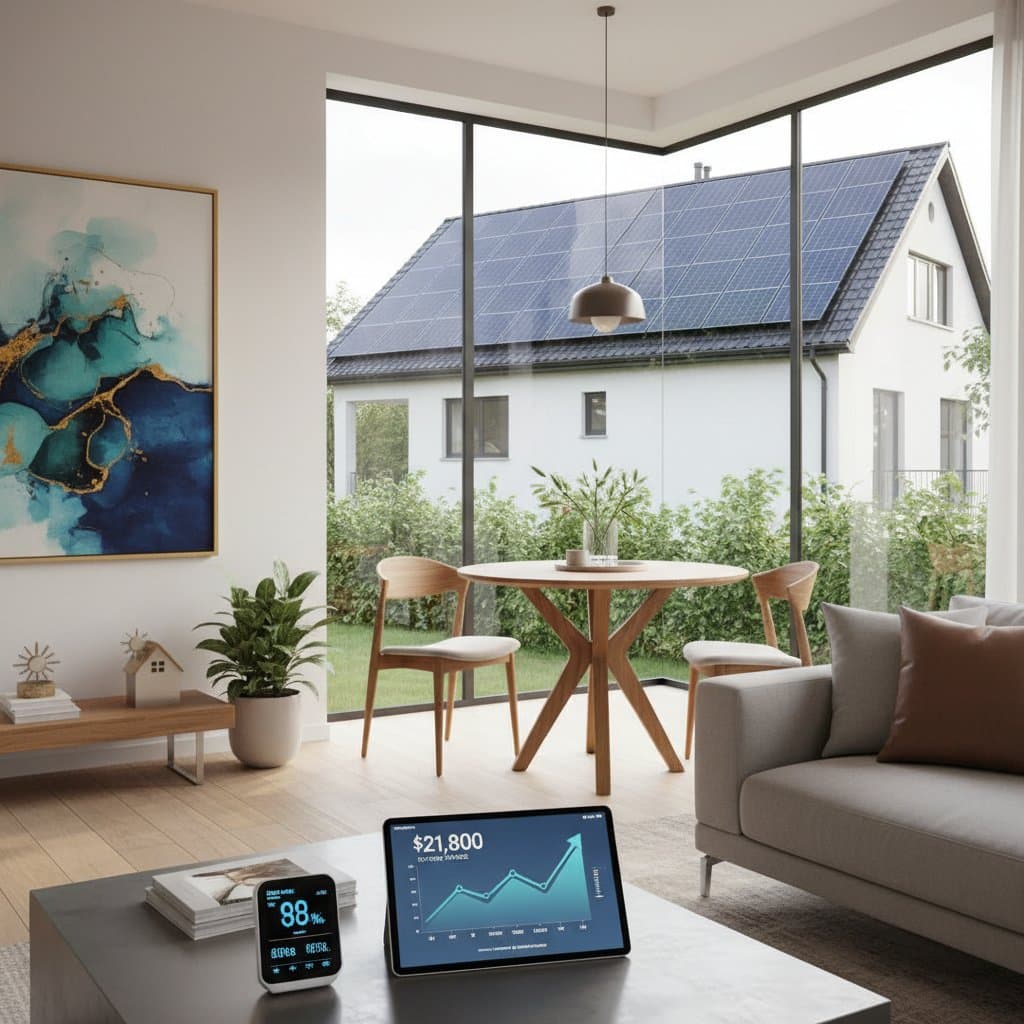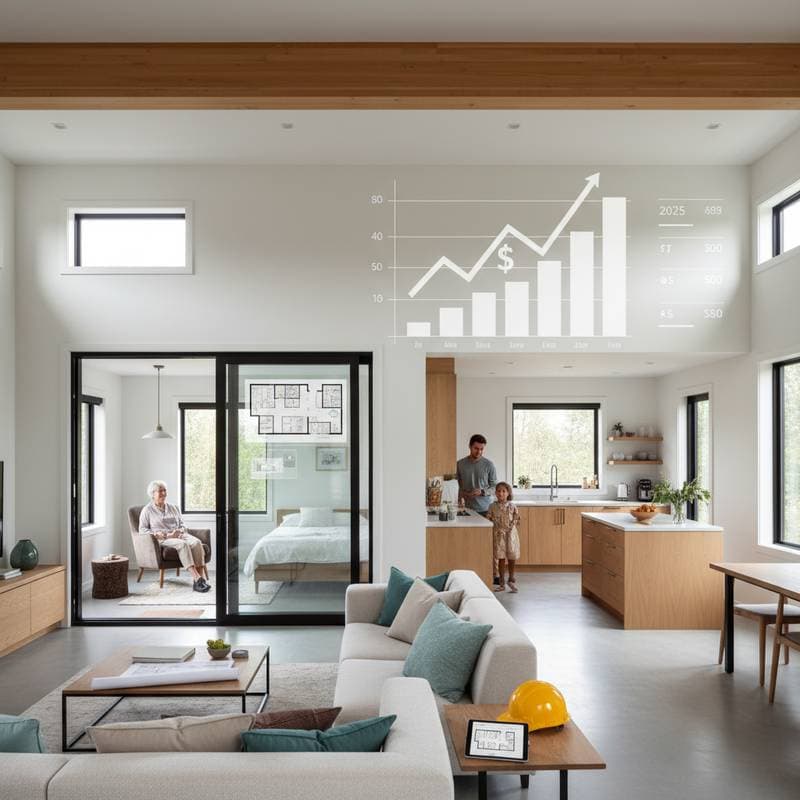Expect 35% Surge in Outdoor Kitchen Costs by 2025
Outdoor kitchens rank among the top backyard enhancements today. These spaces increase property value, expand usable living areas, and serve as ideal spots for gatherings. However, expenses continue to escalate. Homeowners planning such projects must prepare for a forecasted 35 percent increase in costs by 2025, influenced by rising material prices, labor shortages, and growing interest in personalized designs.
Knowledge of expense breakdowns and cost-saving strategies enables effective budgeting. This approach ensures the final result remains practical and visually appealing.
Key Decisions and Factors
Several elements shape the design and budget of an outdoor kitchen. Consider these aspects carefully during planning.
- Layout: Opt for a straight-line configuration to minimize space needs and expenses, or select L-shape and U-shape options for more comprehensive setups that accommodate multiple cooking zones.
- Appliances: Integrate essentials such as gas grills for primary cooking, side burners for versatility, compact refrigerators for storage, and sinks for convenience; each item typically ranges from $500 to $3,000 based on brand and capacity.
- Materials: Select stone veneer for a premium aesthetic with moderate durability, stainless steel for weather resistance, tile for easy maintenance, or concrete for affordability and strength; prices vary by quality and sourcing.
- Utilities: Account for connections to gas lines for fuel, water supplies for sinks, and electrical outlets for appliances; these installations demand certified experts to ensure safety and compliance.
- Shelter: Incorporate pergolas for partial shade, pavilions for enclosed protection, or simple awnings to extend usability; such additions can increase total costs by up to double while enhancing comfort in varying weather.
- Climate Considerations: In regions with freeze-thaw cycles, choose frost-resistant materials to prevent cracking. High-humidity areas benefit from corrosion-proof options, while coastal zones near salt air require specialized coatings to extend longevity.
Cost Ranges and What Affects Price
Expect to invest between $150 and $750 per square foot, depending on project intricacy, material selections, and regional factors. Simpler designs in accessible locations fall toward the lower end, while elaborate builds in urban settings approach the higher range.
Key influences on pricing include the following:
- Materials: Premium choices like stainless steel cabinetry and granite countertops exceed the cost of basic stucco walls or concrete blocks by several thousand dollars.
- Appliances: Built-in units, such as professional-grade grills or insulated refrigeration, contribute significantly, often adding $2,000 to $5,000 or more.
- Utilities: Extending gas, water, and electrical infrastructure from the home can range from $2,000 for basic runs to $10,000 for complex trenching and permitting.
- Labor: Expertise in masonry for countertops or tile installation commands higher fees, particularly in competitive markets where skilled workers face high demand.
- Shelter and Lighting: Overhead structures provide weather protection, while integrated LED systems improve evening functionality; together, they can add $3,000 to $15,000.
To manage expenses effectively:
- Adopt a straightforward straight-line layout that utilizes an existing exterior wall, reducing foundation work.
- Select mid-range appliances from reputable brands that include comprehensive warranties for long-term reliability.
- Eliminate permanent plumbing by using portable coolers or freestanding sinks to avoid utility connection fees.
- Perform preliminary tasks such as demolition, site preparation, or basic finishing independently to cut labor charges.
DIY vs Pro Guidance
Certain project phases suit hands-on involvement, while others necessitate professional intervention for safety and quality.
Suitable for DIY efforts:
- Initial layout planning and precise site measurements to align with property boundaries.
- Pouring a modest concrete pad for stability or installing pavers for a level surface.
- Assembling prefabricated cabinet units according to manufacturer guidelines.
- Applying decorative elements, including tile backsplashes or stone veneer accents.
Delegate to professionals:
- Installation of natural gas, propane, or electrical systems to meet code requirements.
- Integration with existing household plumbing for seamless operation.
- Construction of extensive masonry features or supportive roof frameworks.
- Any modifications that trigger local permit or inspection processes.
Individuals with intermediate to advanced skills can manage modular assemblies successfully. Patience proves essential, alongside appropriate tools like levels and saws. Prioritize safety by disconnecting utilities beforehand, donning protective equipment, and ensuring adequate ventilation during tasks involving dust or fumes from stone or concrete.
Maintenance, Care, and Lifespan
With consistent upkeep, outdoor kitchens endure 10 to 20 years or longer. Proactive measures preserve appearance and functionality across seasons.
Essential care practices include:
- Wiping stainless steel surfaces with a mild detergent solution and soft microfiber cloths to avoid scratches.
- Applying sealant to stone or concrete countertops annually or biennially to guard against stains and weathering.
- Enclosing appliances in protective covers during idle periods to shield against moisture and debris.
- Winterizing plumbing systems by draining lines ahead of freezing temperatures to prevent pipe damage.
- Conducting seasonal checks on gas connections and fittings to detect potential leaks early.
In coastal or humid environments, prioritize marine-grade stainless steel components and anti-rust fittings for superior performance. Dry climates call for UV-resistant coatings and flexible finishes that resist cracking from temperature shifts.
FAQs
How much does an outdoor kitchen add to home value?
A thoughtfully executed outdoor kitchen recoups 55 to 70 percent of its investment upon resale. This return proves especially strong in regions that emphasize al fresco lifestyles.
Can I build it on a wooden deck?
Constructing on a deck works if structural reinforcements support the added load. Substantial elements like masonry or stone demand a solid foundation of concrete or pavers beneath.
Do I need permits?
Permits and inspections become necessary for integrations involving gas, water, or electricity. Standalone prefabricated units without such connections often bypass these requirements.
What is the cheapest way to build one?
Assemble a ready-made island featuring a propane grill, forgo plumbing installations, and clad surfaces with concrete board topped by stucco for an economical yet sturdy result.
How do I protect it in winter?
Secure covers over appliances, isolate water lines, and relocate removable items indoors. Enclosing the area with a durable cover or adding a pavilion safeguards materials throughout the year.
Strategies for Managing Rising Costs
Shortages in materials and skilled labor propel price increases, yet strategic planning mitigates these pressures. Solicit bids from several contractors, verify stock levels prior to commitments, and secure fixed pricing through detailed agreements. Flexibility in material grades or appliance specifications helps evade surcharges on luxury items.
Modular and hybrid constructions strike an optimal balance for most budgets. These options deliver customized aesthetics at a fraction of bespoke expenses. Defer additions like pergolas or expanded shelters to distribute costs across multiple phases.
Steps to Realize Your Outdoor Kitchen
Constructing an outdoor kitchen represents a substantial commitment, one that transforms backyard potential into everyday enjoyment. Although escalating prices present challenges, informed decisions in design and execution render the endeavor feasible.
Focus on harmonizing financial constraints with practical needs and enduring quality. This method yields a versatile space that enriches family routines for decades while adhering to planned expenditures.



